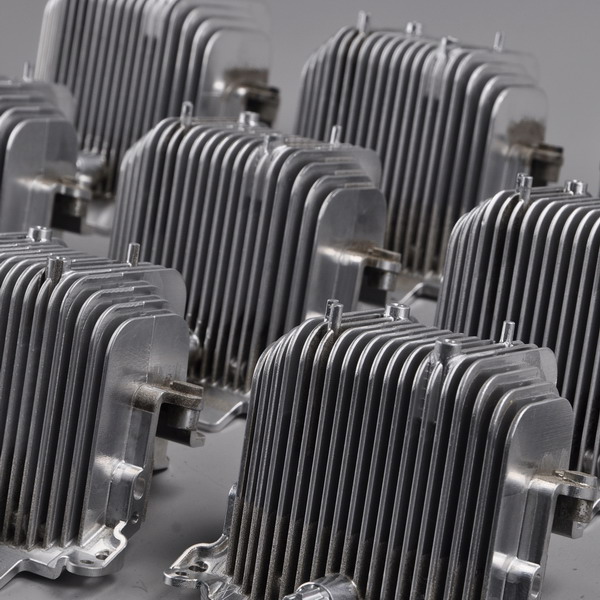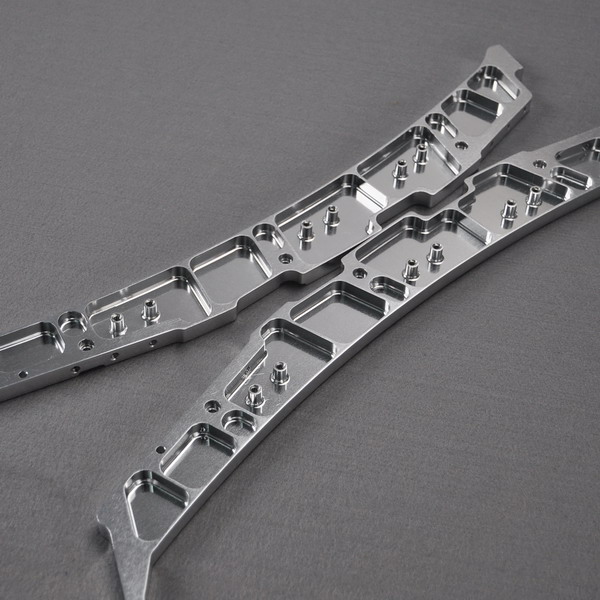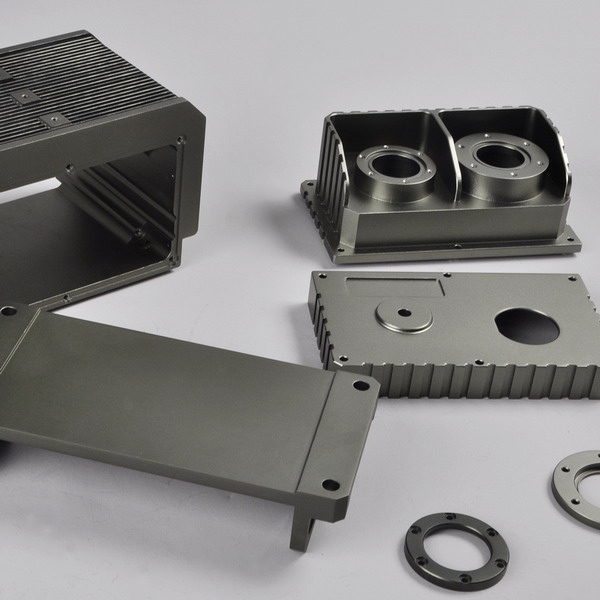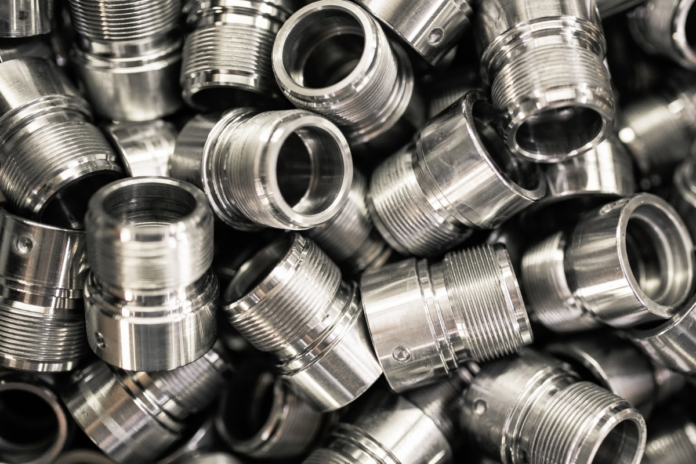The parts of metal CNC machining are susceptible to corrosion. Corrosion is the deterioration of a material, usually a metal, as a result of a chemical reaction with its environment. The most common form of corrosion is rusting, which occurs when iron or steel is exposed to oxygen and moisture. Rusting can cause serious damage to metal parts, making them weaker and more likely to break. Corrosion can also occur when metals are exposed to other corrosive agents, such as acids or salt water. In general, corrosion is a problem that needs to be addressed in order to prolong the life of metal materials.

Bad Effects Of Corrosion
The overall process of corrosion is actually an electrochemical reaction in which the metal acts as anode and electrons are drawn out of it, resulting in the formation of an oxide film on the surface. This oxide film then protects the metal from further corrosion. However, if the oxide film is damaged, corrosion can accelerate rapidly.
In addition to aesthetic damage, corrosion can also lead to structural problems, such as weakened bridges and buildings. Corrosion also wastes valuable resources and energy, as corroded materials must be replaced more frequently.
Some of the most common effects of corrosion include:
– Discoloration
– Pitting
– Erosion
– Cracking
If you’re concerned about any of these effects, it’s important to take action to prevent or mitigate corrosion.
How To Prevent Corrosion Of Metal Parts
Corrosion is a natural process that causes metals to deteriorate. left unchecked, corrosion can cause serious damage to metal surfaces. This is why it’s important to be aware of the potential effects of corrosion and take steps to prevent it.
1. Metal Type
While all metals are susceptible to corrosion, some are more resistant than others. For example, stainless steel is often used in food preparation because it is less likely to corrode than other metal types. However, even stainless steel can be corroded by exposure to certain chemicals or repeated exposure to water.
In general, metals that are less reactive are more resistant to corrosion. This is because their atoms do not readily give up electrons, which allows them to form a protective oxide layer. As a result, metals such as gold and silver are less likely to corrode than metals such as iron and copper. However, even the most resistant metal will eventually succumb to corrosion if exposed to the right conditions.
Different metals have different effects on other metals. Some metals are more reactive than others and can cause corrosion. The most reactive metal is iron. When iron comes into contact with water, it rusts. This is because the water reacts with the iron to form iron oxide, which is a red-brown substance. Copper is another metal that can cause corrosion. When copper oxidizes, it turns green. This is because the copper reacts with the oxygen in the air to form copper oxide. Silver is a metal that does not corrode easily. However, when silver does corrode, it turns black. This is because the silver reacts with the sulfur in the air to form silver sulfide.

2. Protective Coating
In order to prevent corrosion of metal parts, a protective coating is necessary. This can be in the form of paint, oil, grease, or even a special film. The key is to keep the metal surface covered so that oxygen and water cannot come into contact with it. In addition, it is important to regularly inspect the coating for any signs of wear or damage. When applied correctly, a protective coating can significantly extend the lifespan of metal parts by preventing corrosion. With the right coating in place, metal parts can last much longer before succumbing to corrosion.
3. Environmental Control
If you can’t avoid exposure to corrosive materials, you can try to control the temperature and humidity levels to slow down the corrosion process.
The first step is to determine the environment to which the metal will be exposed. If the part will be used in an outdoor environment, it is important to consider factors such as wind, rain, and sunlight, which can all contribute to corrosion.
Once the environment has been taken into account, it is important to select materials that are resistant to corrosion. For example, stainless steel is a popular choice for parts that will be exposed to moisture or salt water, as it is less likely to rust than other metals.
In addition, it is important to apply a protective coating to metal parts that will be exposed to harsh conditions. This can help to create a barrier between the metal and the environment, and prevent the formation of corrosion. By taking these simple steps, it is possible to greatly reduce the risk of corrosion.
4. Utilize a process
The cold working of metals during the manufacturing process can make them more susceptible to corrosion. As a foundry prepares metal parts for use, they are subject to a great deal of heat and pressure. This can result in the formation of metal crystals that are brittle and prone to breaking. When these parts are used in an environment that is corrosive, such as salt water, the metal can start to break down and corrode. In order to prevent this from happening, foundries often utilize a process called annealing. This involves heating the metal parts to a high temperature and then cooling them slowly. This helps to realign the metal crystals and make them less susceptible to breaking and corrosion.

Finally, it is important to keep metal parts dry and clean. This will help to prevent the build-up of corrosive materials on the surface of the metal. By taking these steps, you can help to prevent the corrosion of metal parts.










